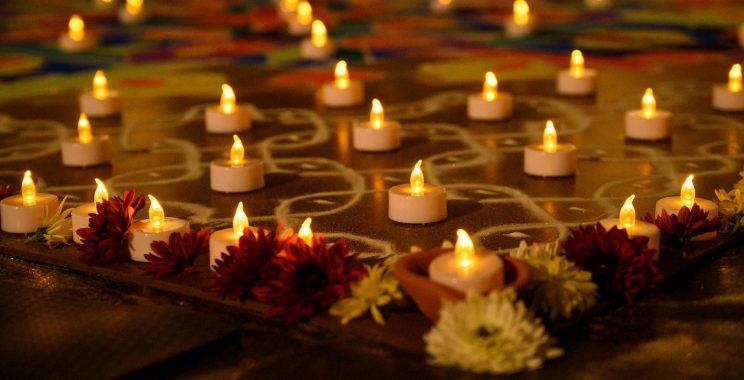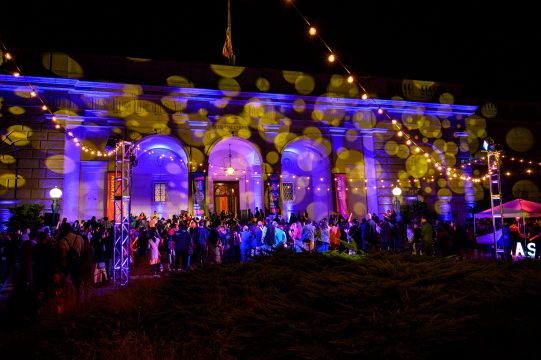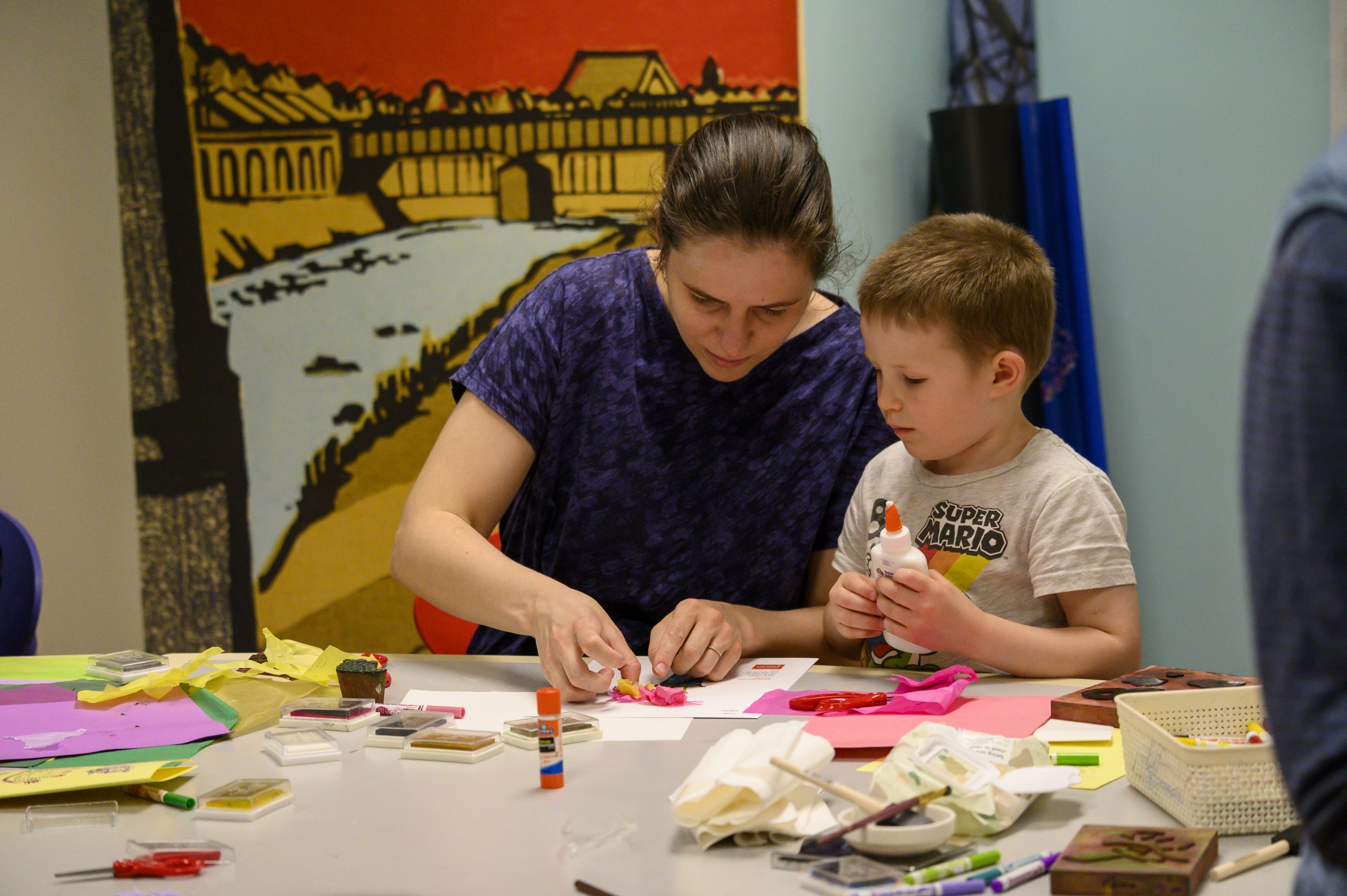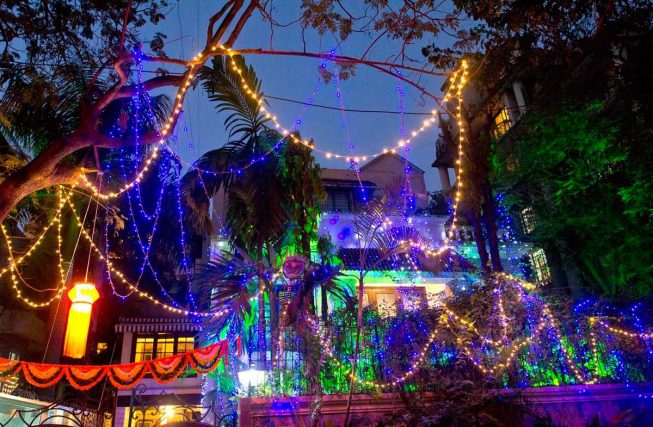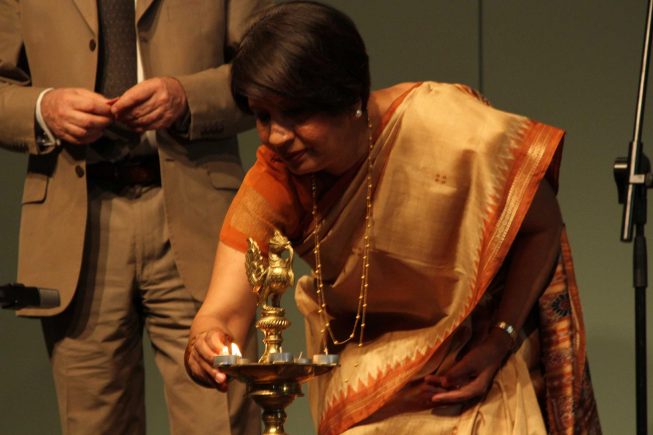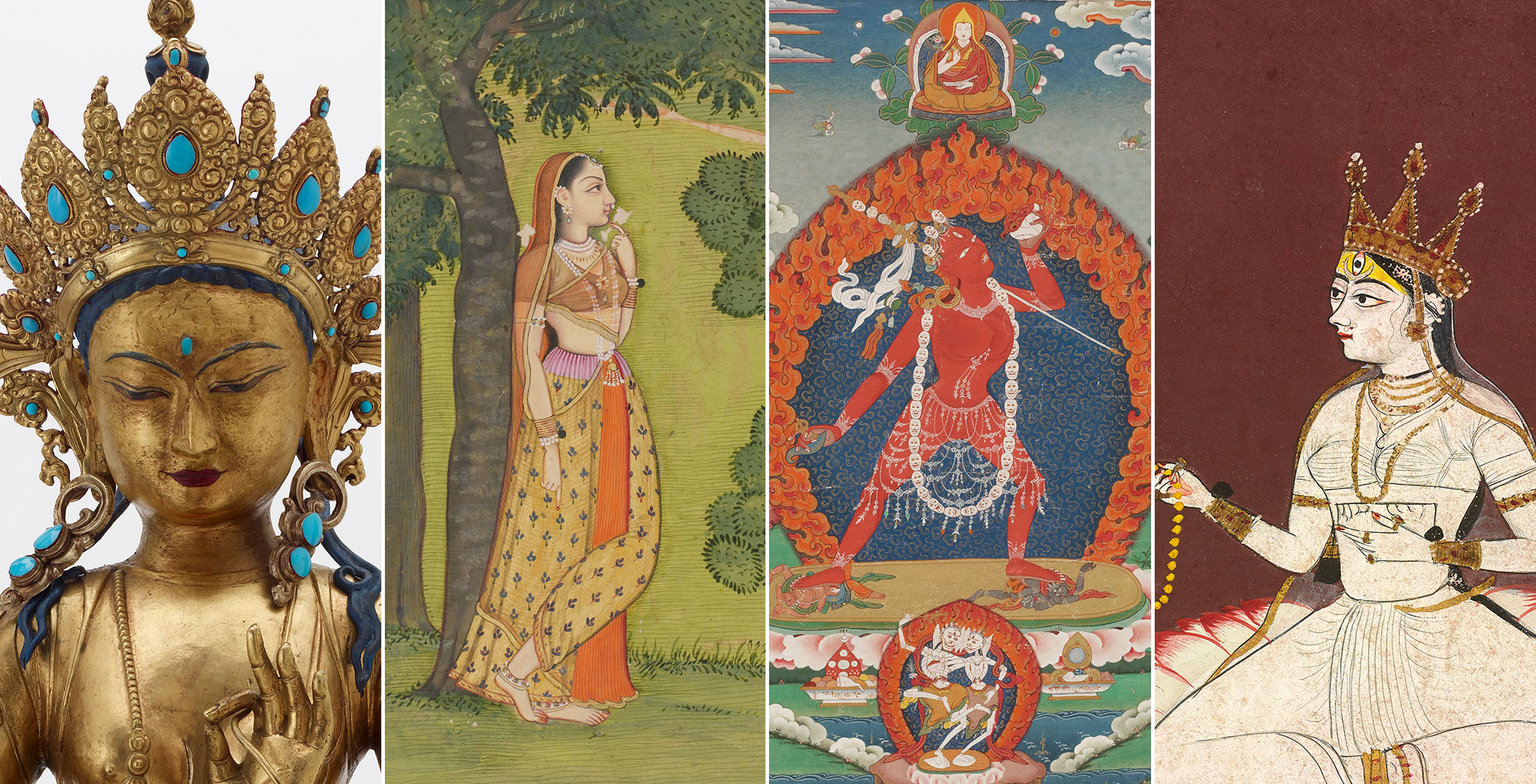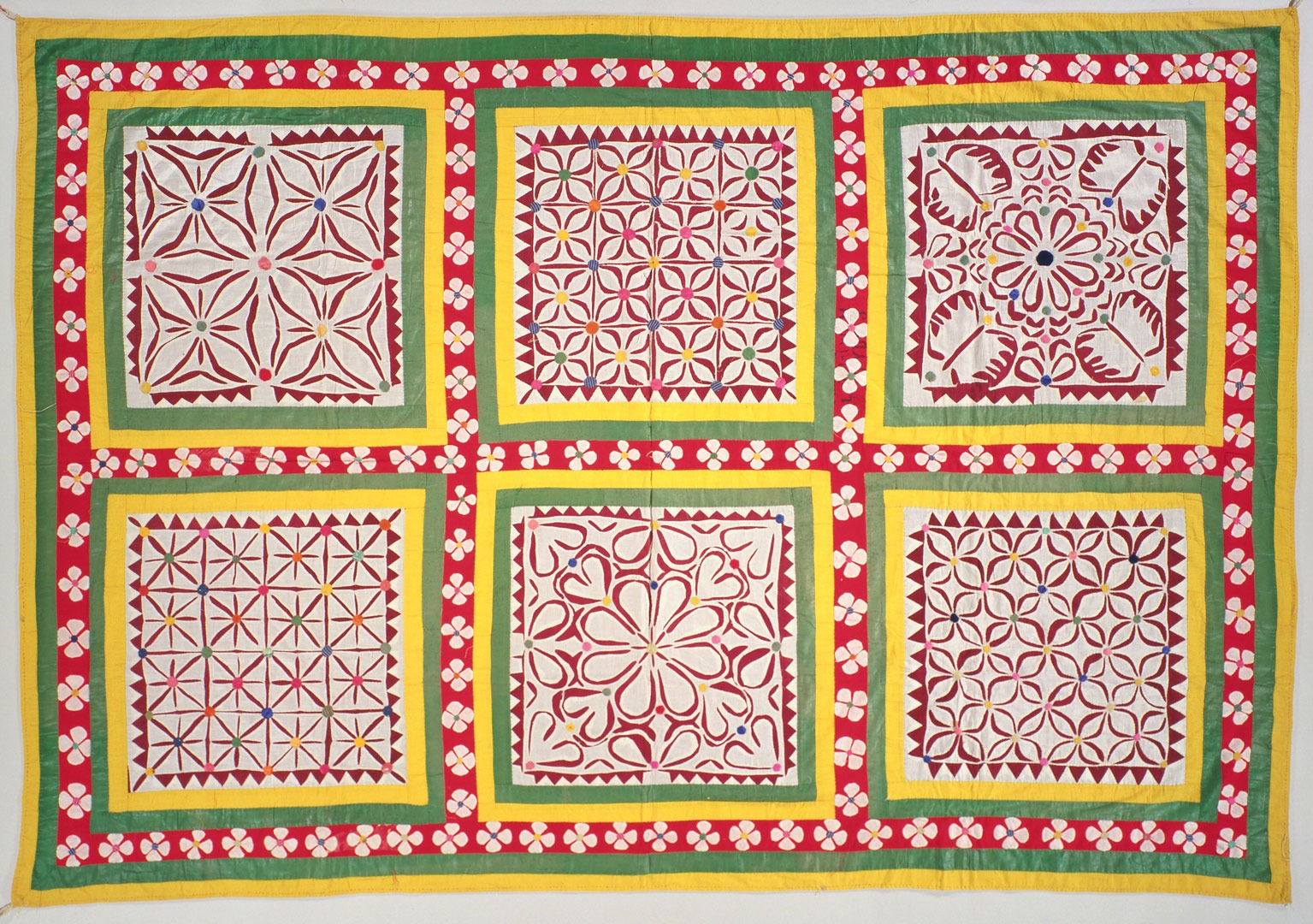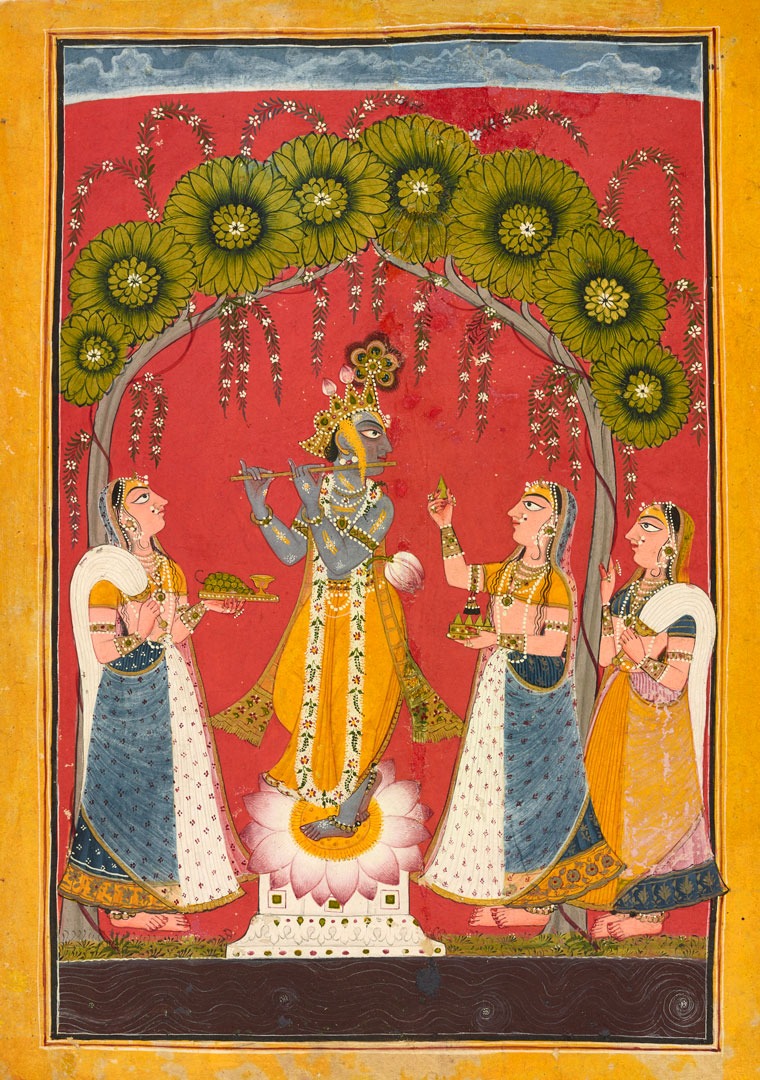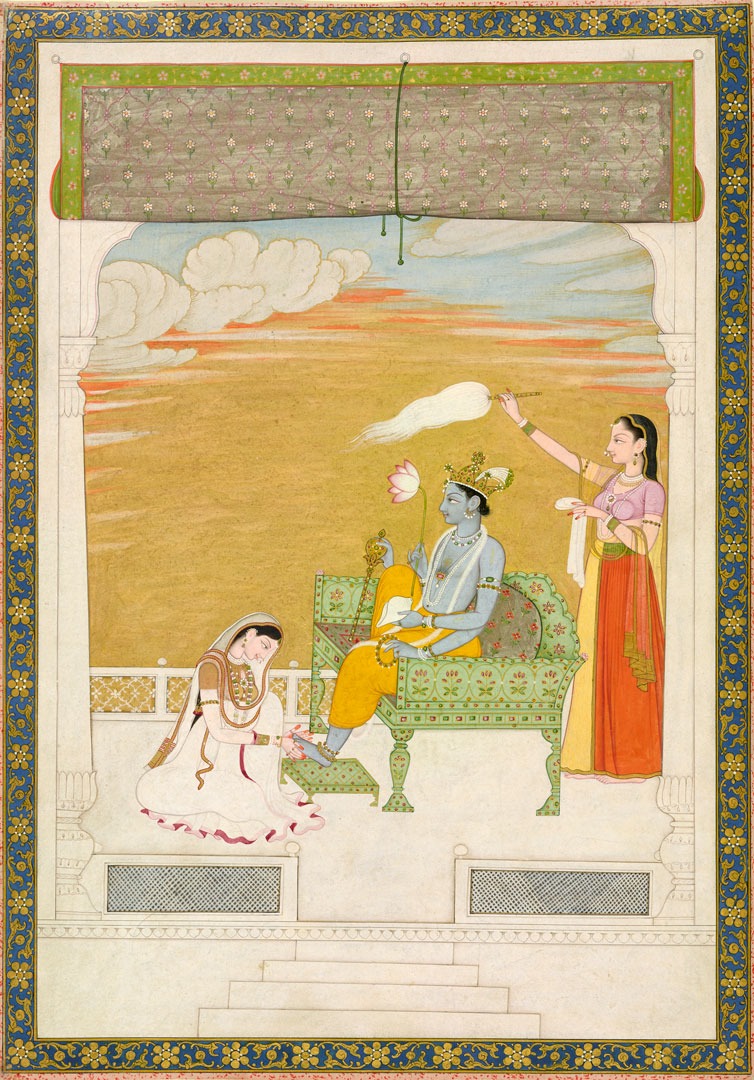Many people around the world celebrate Diwali, the Hindu festival of light, which spans five days and marks the beginning of the new year in the Hindu calendar. Traditionally celebrated after the year’s last harvest, Diwali falls in the month of October or November. Celebrants honor the goddess Lakshmi, who is associated with agriculture and abundance, inviting her to enter and bless their homes, temples, and other public spaces. Lights are important to Diwali because Hindu belief holds that Lakshmi cannot enter a dark space. Among other things, light also symbolizes the victory of knowledge over ignorance and hope over sadness. In major cities in South Asia today, the streets are aglow at night, and the sky becomes a canopy of bursting fireworks.
Each of the five days of Diwali is associated with specific activities, all of which involve lighting lights and spending time with friends, family, and the wider community. On the first day, people clean their homes to prepare for Lakshmi’s arrival. On the second day, they decorate using clay lamps, candles, and various electric lights. They also paint festive designs on their thresholds using colorful powders or sand. Called rangoli in Hindi and koolam in Tamil (two of India’s major languages), these designs are markers of good luck.
The festival’s main celebration takes place on the third night, which marks the end of the Hindu calendar year. People wear their best clothes, make offerings to Lakshmi, light fireworks and sparklers, and enjoy a feast that features many sweets. On the fourth day, people visit family and friends to wish them the best for the new year. The fifth and final day of Diwali honors siblings, returning the celebration from the community to the home.
Commonly referred to as Diwali, the holiday is also known by other names: Bandi Chhor Diwas, Deepavali, Dewali, Kali Puja, Tihar, and Swanti, to name a few. Vibrant Diwali celebrations occur in large Hindu communities around the globe, including in Bengaluru, Chennai, Delhi, Denpasar, Doha, Mumbai, Singapore, and Houston.


